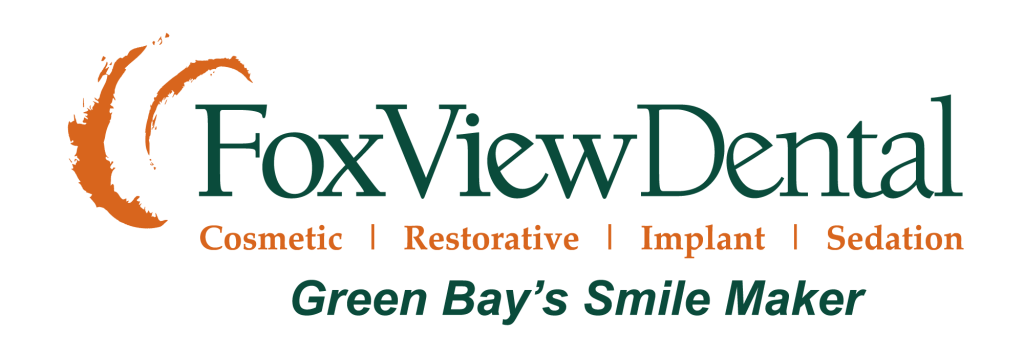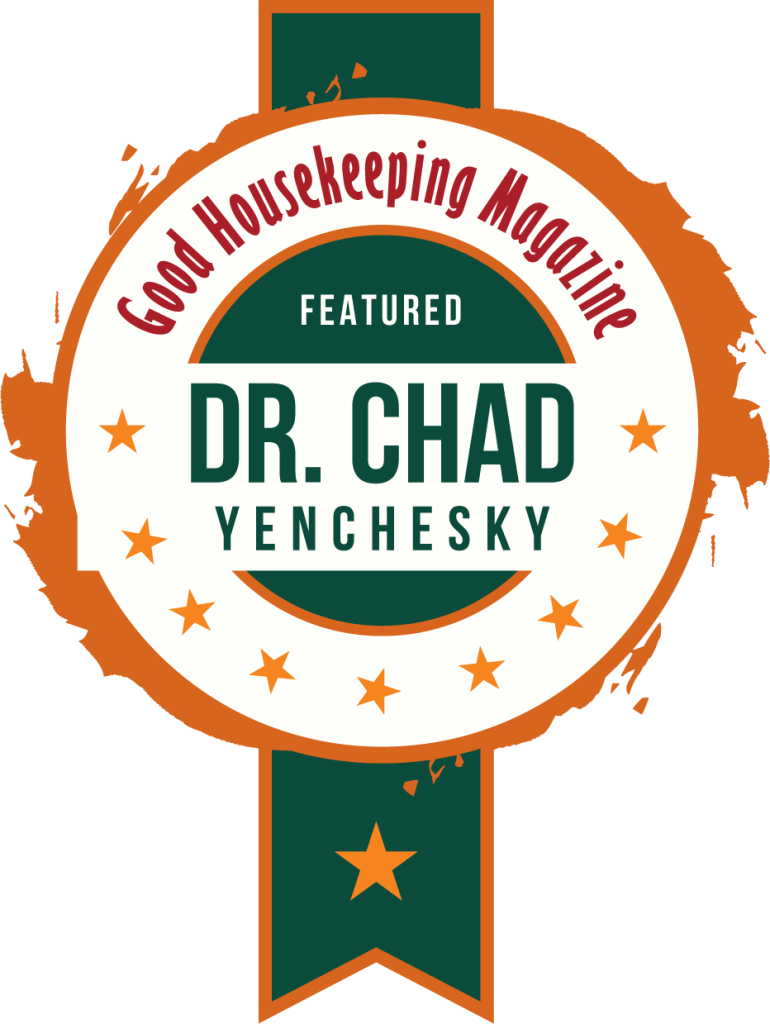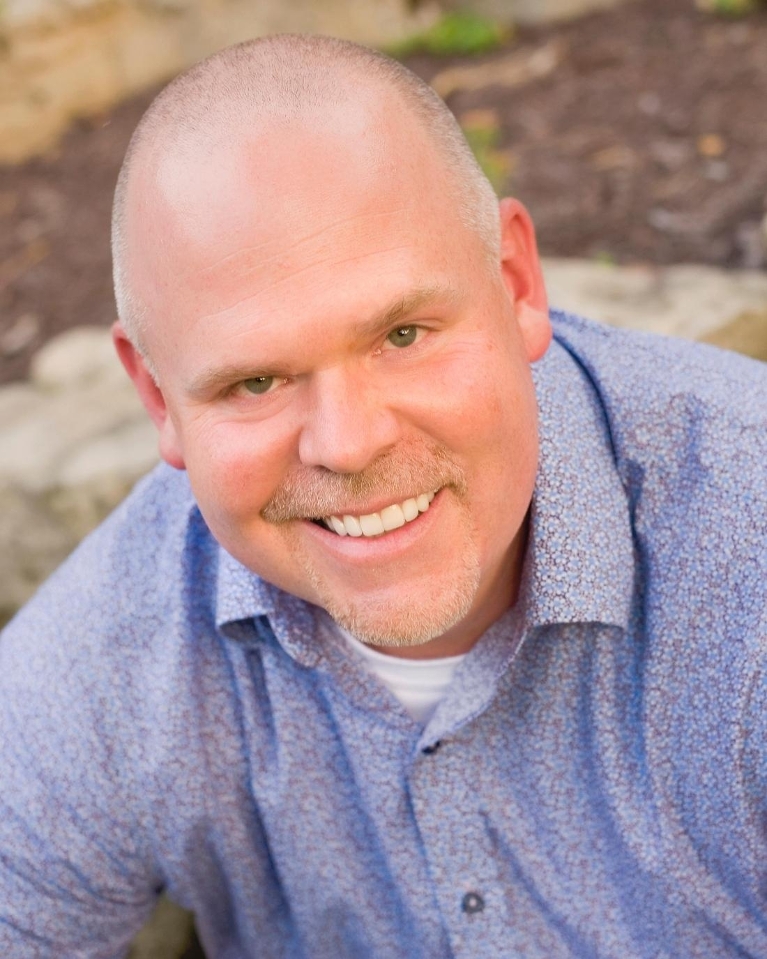Effective Sleep Apnea Treatment Near Green Bay
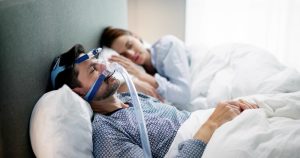
At Fox View Dental, Dr. Yenchesky helps patients from De Pere, Green Bay, Allouez, Howard, and Ashwaubenon find the right sleep apnea solution for their needs. While we specialize in oral appliance therapy, we believe in educating our patients about all available treatments, including CPAP therapy. Ready to take control of your sleep health? Call our De Pere dental clinic at (920) 336-4201 today.
Partnering with Green Bay’s Leading Sleep Medicine Providers
Getting diagnosed with sleep apnea is just the first step—finding the right treatment partner makes all the difference. At Fox View Dental, we’ve built strong collaborative relationships with the region’s top sleep medicine facilities, creating a seamless care experience for patients throughout Brown County.
Sleep Study Options Near You
Patients in our area have access to several excellent facilities equipped with advanced monitoring technology and staffed by board-certified sleep physicians, including:
- Bellin Health Sleep Disorders Center
- HSHS St. Vincent Hospital Sleep Lab
- Aurora BayCare Medical Center
- Prevea Health Sleep Medicine
Your Next Step After Diagnosis
Once you’ve completed your sleep study at any of these facilities and received your OSA diagnosis, Dr. Yenchesky stands ready to discuss your treatment options. Whether you’re considering CPAP therapy or exploring alternatives like oral appliances, we communicate directly with your sleep physician to review your sleep study results, discuss treatment goals, and coordinate your care.
Our proximity to these specialized sleep centers—all within a 15-minute drive from our De Pere office—makes it convenient for you to attend both your diagnostic appointments and treatment consultations without extensive travel.
Types of Sleep Apnea
Sleep apnea is a disorder characterized by pauses in breathing or shallow breaths during sleep. Understanding which type you have helps determine the most effective treatment approach.
Obstructive Sleep Apnea (OSA)
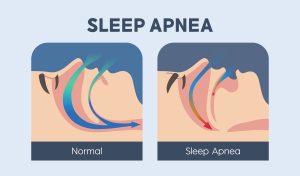
For residents commuting from Green Bay to jobs in Appleton or working at local businesses in De Pere, obstructive sleep apnea symptoms create dangerous situations. Daytime drowsiness significantly increases the risk of workplace accidents and car crashes along Highway 41 or Interstate 43.
Central Sleep Apnea (CSA)
CSA is less common and differs from OSA in its underlying cause. It occurs when the brain fails to send the proper signals to the muscles that control breathing. As a result, people with central sleep apnea may experience periods of apnea without any obvious airway obstruction. Central sleep apnea typically requires different treatment approaches than OSA.
What Is CPAP Therapy?

Sleep physicians may recommend CPAP therapy for patients with sleep apnea because it reduces symptoms and improves sleep quality. By maintaining consistent airway pressure, CPAP helps prevent episodes of breathing cessation and oxygen desaturation, allowing individuals to achieve restful sleep and wake up feeling refreshed.
How Does CPAP Work?
CPAP therapy involves three primary components:
- CPAP Machine: Compact and portable, it generates the pressurized air necessary to keep the airways open. Modern machines are quieter and more user-friendly than older models.
- A Mask: Available in various styles and sizes, it’s securely placed over the nose, mouth, or both. This creates a seal that delivers the pressurized air directly to the airway.
- Tubing: The tubing connects the mask to the machine, allowing the air to flow continuously throughout the night.
When a person with sleep apnea wears a CPAP mask and turns on the machine, the pressurized air creates a pneumatic splint in the airway, preventing it from collapsing or becoming obstructed. This continuous flow of air acts as a “splint” to maintain an open airway, enabling uninterrupted breathing during sleep.
Benefits of Using CPAP Therapy to Treat Sleep Apnea
CPAP therapy can provide patients with various benefits, including:
- Improved Sleep Quality: By providing a steady flow of oxygen and preventing apneas (breathing interruptions), CPAP users can enjoy more restful and uninterrupted sleep.
- Reduced Daytime Fatigue: Effective CPAP therapy can alleviate daytime fatigue and excessive daytime sleepiness, which are common symptoms of sleep apnea. With better sleep, individuals can feel more alert and focused during the day.
- Lower Risk of Health Complications: Untreated sleep apnea can lead to serious health issues such as hypertension, heart disease, stroke, and diabetes. CPAP therapy helps reduce the risk of these complications by maintaining proper oxygen levels during sleep.
- Enhanced Quality of Life: By addressing sleep apnea symptoms and improving health, CPAP therapy can enhance an individual’s quality of life. Patients often report feeling more energetic, productive, and emotionally stable.
Types of CPAP Machines and Masks
CPAP Machines
The different types of CPAP machines include:
- Standard CPAP: Provides a fixed pressure level throughout the night
- Auto CPAP (APAP): Adjusts pressure automatically based on the user’s needs during the night
- BiPAP (Bi-level positive airway pressure): Offers different pressures for inhalation and exhalation, suitable for certain respiratory conditions or those who find standard CPAP uncomfortable
CPAP Masks
CPAP masks come in various styles:
- Nasal masks: Covers the nose only
- Full-face masks: Covers both the nose and mouth
- Nasal pillow masks: Rests under the nostrils with minimal facial coverage
- Hybrid masks: Combines features of nasal and full-face masks
Choosing the right mask is crucial for comfort and treatment effectiveness, and it often depends on individual preferences, breathing patterns, and sleep positions.
CPAP Tips for Success
Proper Maintenance
To keep your CPAP machine in good condition, follow these instructions:
- Clean the CPAP components regularly to prevent bacterial growth
- Replace mask cushions, filters, and tubing as recommended by the manufacturer
- Keep the CPAP machine in a clean and dust-free environment
- Use distilled water in the humidifier chamber
Consistent Usage
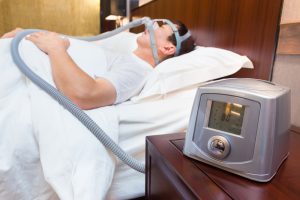
- Use the CPAP machine every time you sleep, including naps
- Stay consistent with your prescribed pressure settings
- Traveling with CPAP is manageable, and portable machines are available—don’t leave the CPAP behind
- Track your usage through the machine’s data monitoring features
Adjusting to CPAP
Some patients may experience initial discomfort when getting started with using a CPAP machine. We recommend gradually increasing usage time to adapt. Make sure to discuss any issues or discomfort with your healthcare provider for adjustments. Many people find that persisting through the first few weeks leads to successful long-term use.
Do You Need a CPAP Machine?
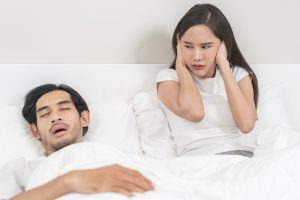
- Loud snoring that disturbs your partner
- Witnessed apneas (someone sees you stop breathing)
- Excessive daytime sleepiness
- Morning headaches
- Frequent nighttime awakening
- Difficulty concentrating at work
- Mood changes or irritability
- High blood pressure
- Obesity or excess weight
- Large neck circumference
- Family history of sleep apnea
If you recognize several of these signs and symptoms in yourself or if someone you trust has observed these patterns during your sleep, contact a healthcare professional. Remember that self-diagnosis isn’t advisable.
Once you have a proper diagnosis from one of the Green Bay area sleep centers, Dr. Yenchesky can discuss treatment options with you, including whether CPAP therapy or oral appliance therapy might work best for your situation.
Common CPAP Challenges
Patients visiting our De Pere office often describe frustrations with CPAP therapy, including:
- Mask discomfort and facial pressure
- Skin irritation and red marks
- Dry mouth and nasal congestion
- Machine noise is disturbing sleep partners
- Difficulty traveling with equipment
- Claustrophobic sensation from masks
- Complicated cleaning requirements
Dr. Yenchesky can help you weigh the pros and cons based on your specific situation, sleep study results, and lifestyle needs. For some patients, oral appliance therapy serves as an effective alternative. Others may need to persist with CPAP for severe sleep apnea, and we can provide strategies to improve tolerance.
CPAP Alternatives Available for Patients Near Green Bay
Many may find that CPAP isn’t the best option for their lifestyle or sleep apnea severity. Studies show that up to 50% of patients stop using prescribed CPAP within the first year due to discomfort, inconvenience, or intolerance. Luckily, there are many CPAP alternatives available that Dr. Yenchesky may recommend for mild obstructive sleep apnea:
Oral Appliance Therapy
Custom-made oral appliances work by gently repositioning your jaw to keep your airway open during sleep. At Fox View Dental, we specialize in this treatment for patients with mild to moderate obstructive sleep apnea. Oral appliances offer several advantages:
- Affordability: Often less expensive than CPAP equipment
- Comfort: No masks, tubes, or facial coverage
- Quiet: Completely silent operation
- Compact Design: Fits easily in your pocket or nightstand
Many patients from De Pere and Green Bay prefer oral appliances because they’re easier to travel with, require no electricity, and allow you to drink water, talk, and move freely while wearing them.
Lifestyle Changes
Making certain lifestyle changes can be beneficial for managing mild cases of sleep apnea or as complementary therapies:
- Weight loss: Losing excess weight, especially around the neck, can reduce sleep apnea severity
- Positional therapy: Sleeping on your side may help reduce symptoms for those whose apnea worsens when sleeping on their back
- Avoiding alcohol and sedatives: These substances can relax throat muscles, exacerbating sleep apnea
Surgical Options
In some cases, surgical procedures may be recommended to address anatomical issues contributing to sleep apnea. Your sleep physician can discuss whether you’re a candidate for surgical intervention.
Insurance Coverage for Sleep Apnea Treatment

We recommend contacting your insurance company before your consultation to understand your coverage for both CPAP therapy and oral appliance therapy. Bring your sleep study results and any documentation from your physician recommending treatment. This information helps us navigate the insurance process efficiently.
